Ask AI on The Internet
Question: In the case of an asphyxiation emergency, you should avoid: Rushing into a space, because time is of the essence Opening up all doors and windows to improve ventilation through a space Trying to move the victim to a space where there is clean, circulating air Using chest compresses and artificial respiration to resuscitate an unconscious victim
In the case of an asphyxiation emergency, you should take the right steps to ensure both your safety and the victim's survival. Here's how to respond correctly: ### Avoiding Mistakes: 1. **Rushing into a space**: This can be dangerous, especially if the space has toxic gases or lacks oxygen. Instead, cautiously assess the risk to ensure it is safe to enter. 2. **Opening up all doors and windows**: This is generally the correct action to improve ventilation and allow fresh air in, but be aware of the potential presence of hazardous gases that might require professional intervention. 3. **Trying to move the victim**: This can be correct if the space is unsafe and you need to move the victim to a place with clean, circulating air. However, ensure you do this without causing further harm. 4. **Using chest compressions and artificial respiration**: These are crucial for resuscitating an unconscious victim. If you are trained in CPR, you can begin chest compressions and artificial respiration immediately after ensuring the scene is safe and calling emergency services. ### Correct Actions: 1. **Assess the Scene**: Check for hazards before entering the space. 2. **Call Emergency Services**: Always call emergency services for immediate professional help. 3. **Ventilate the Area**: If it's safe, open doors and windows to allow fresh air to enter to help clear out any harmful substances. 4. **Move the Victim**: If the environment is unsafe, and you can do so without causing harm, move the victim to a safer, well-ventilated space. 5. **Provide CPR**: If the victim is unconscious and not breathing, begin CPR if you are trained. Use chest compressions and, if necessary, artificial respiration until help arrives. ### Additional Tips: - Use barriers or protective equipment if hazardous gases could be present. - If you suspect a toxic substance, wait for professionals with appropriate gear. - Ensure your safety first; you can’t help the victim if you also become incapacitated. Remember, proper training in first aid and CPR can significantly improve your effectiveness in such emergencies.
Think your answer is better than the AI's? Post it below.
Other Most Relevant Posts:
Question Tags
If you want your question answered by an AI, click here.
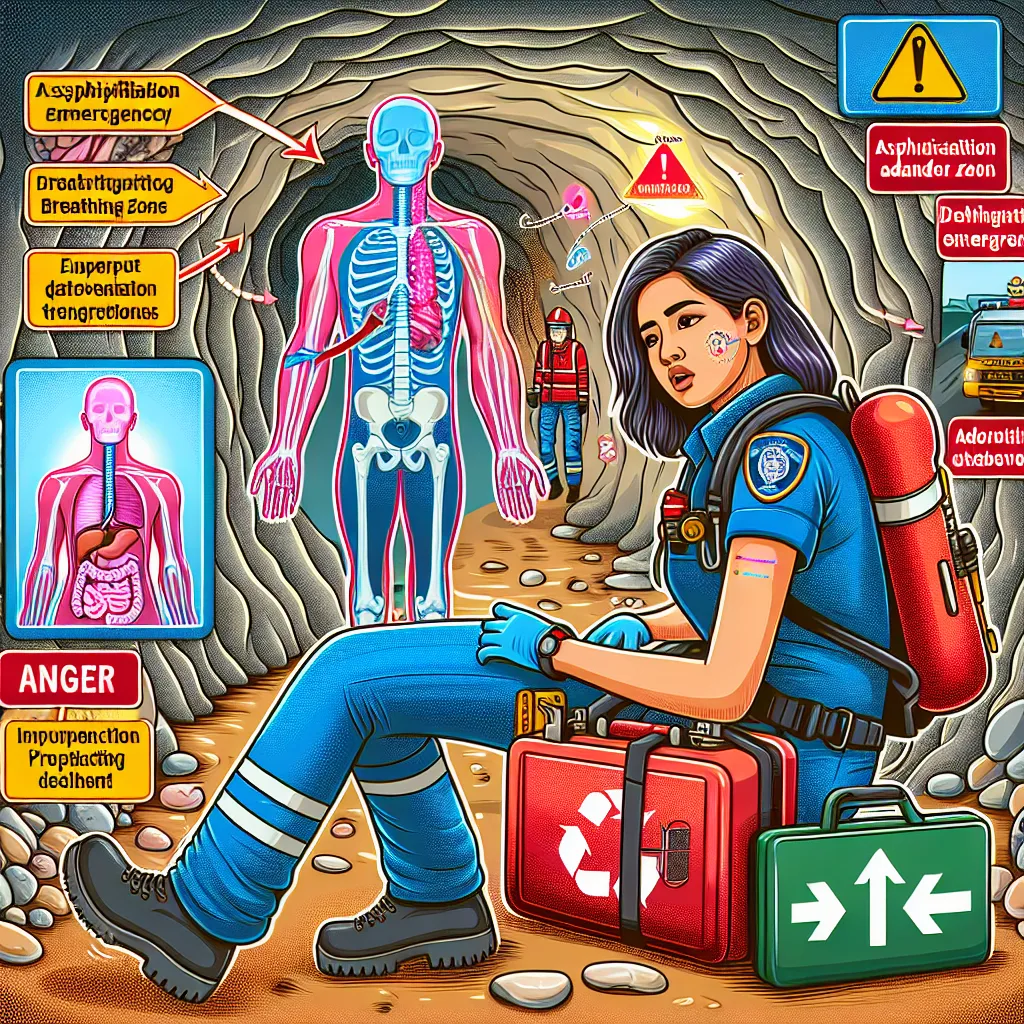
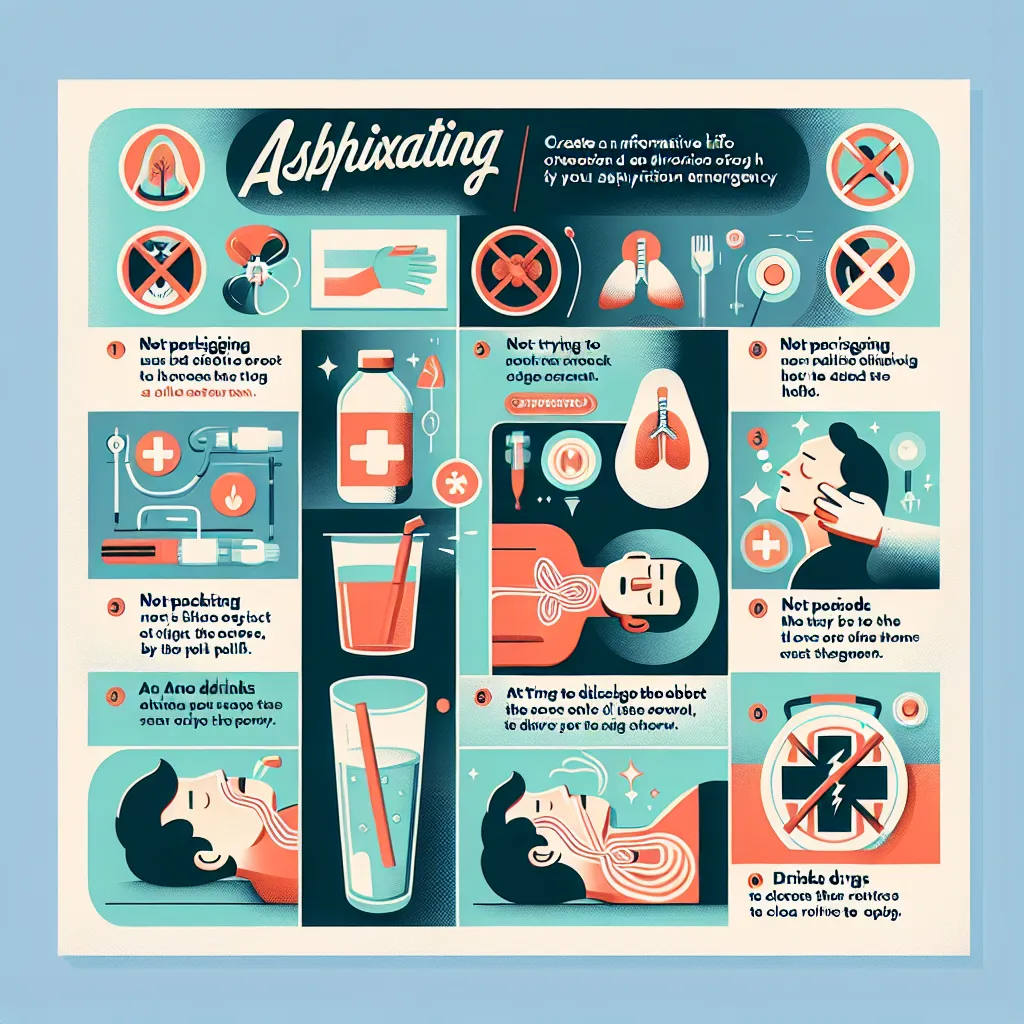
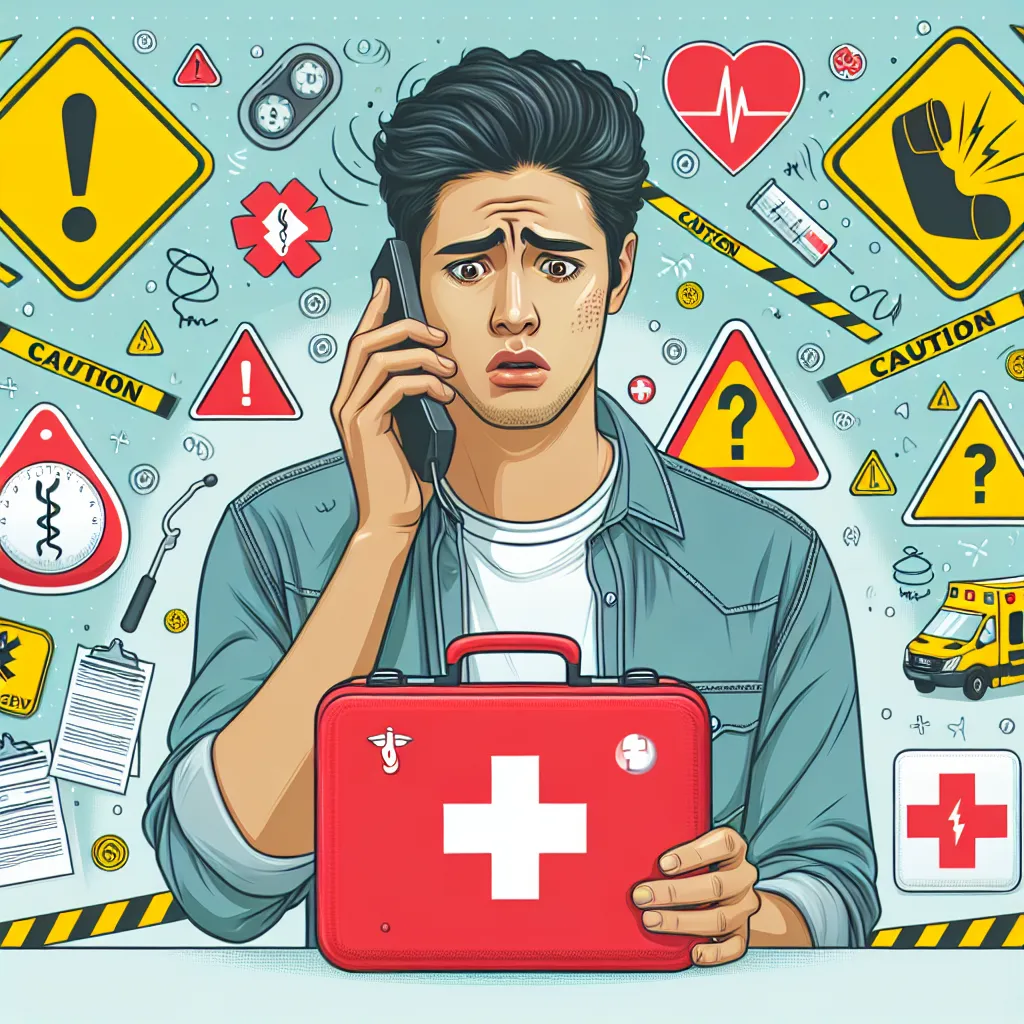
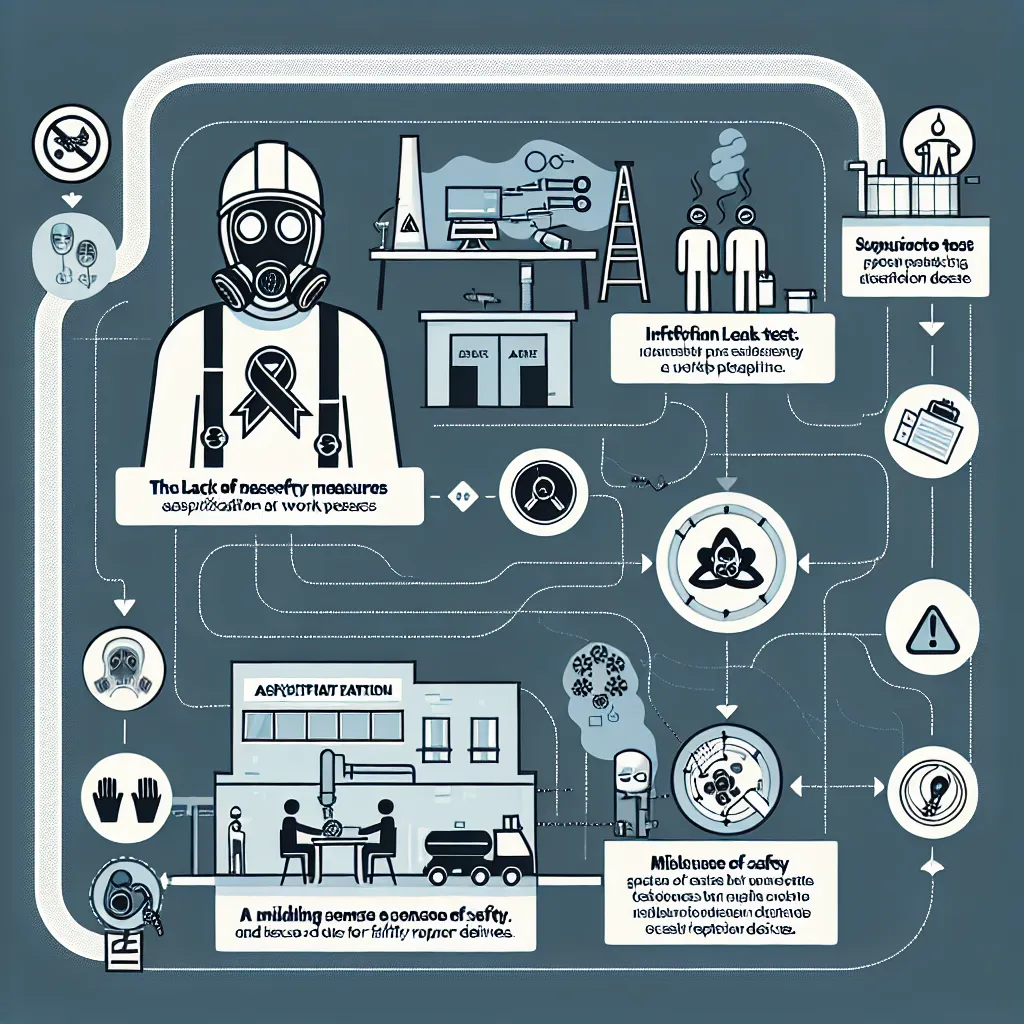
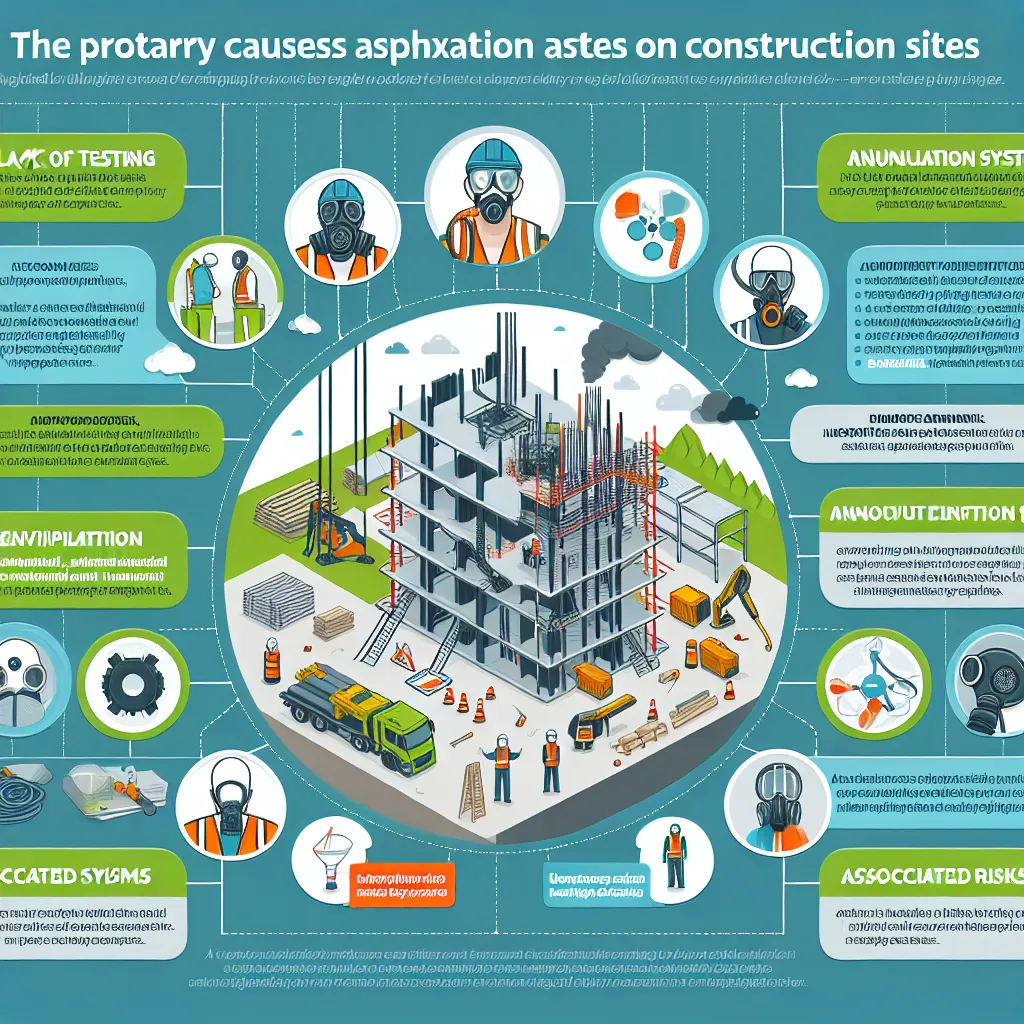

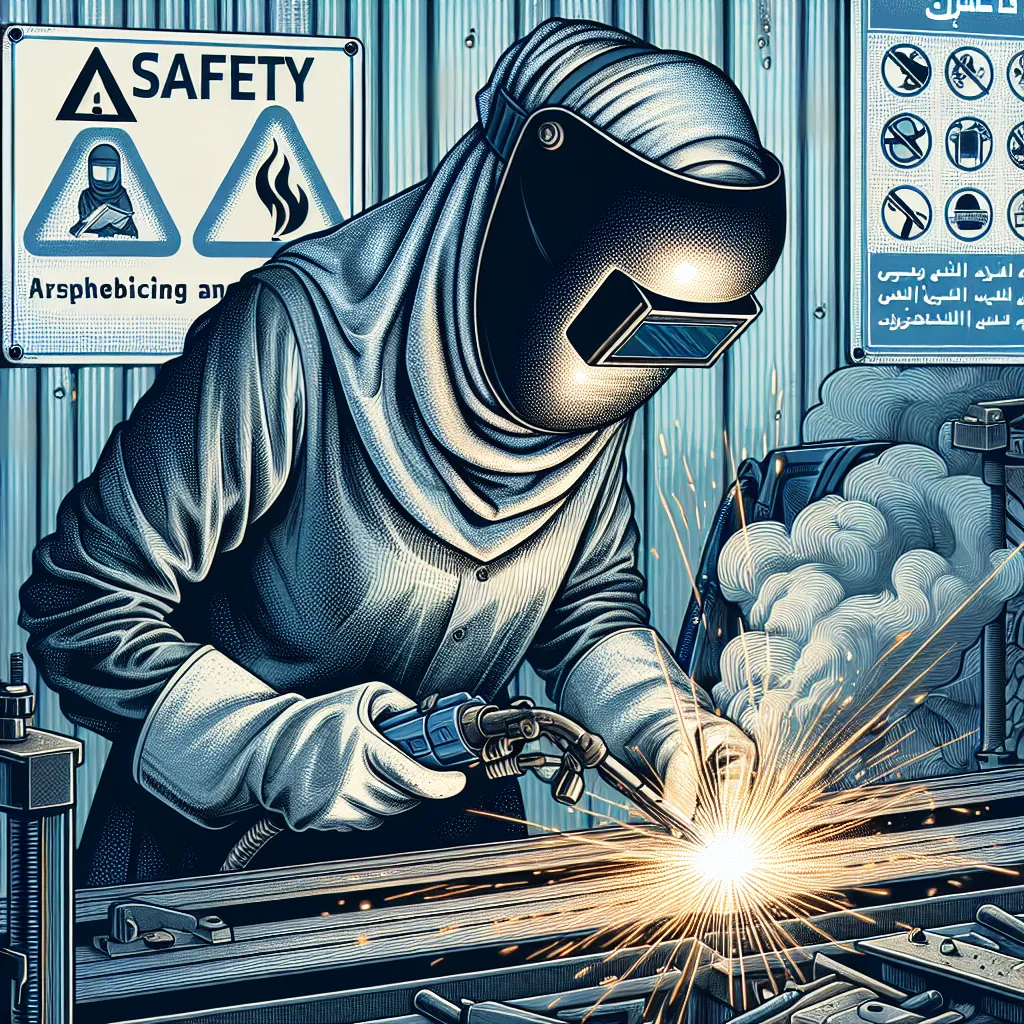
Post your own comment: